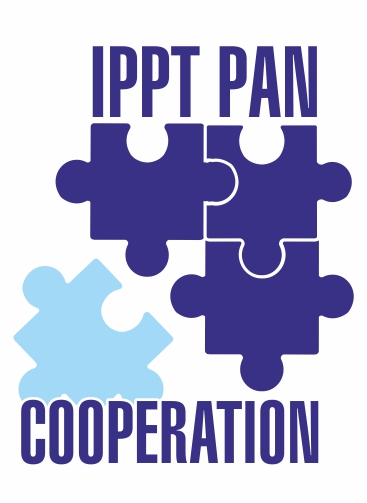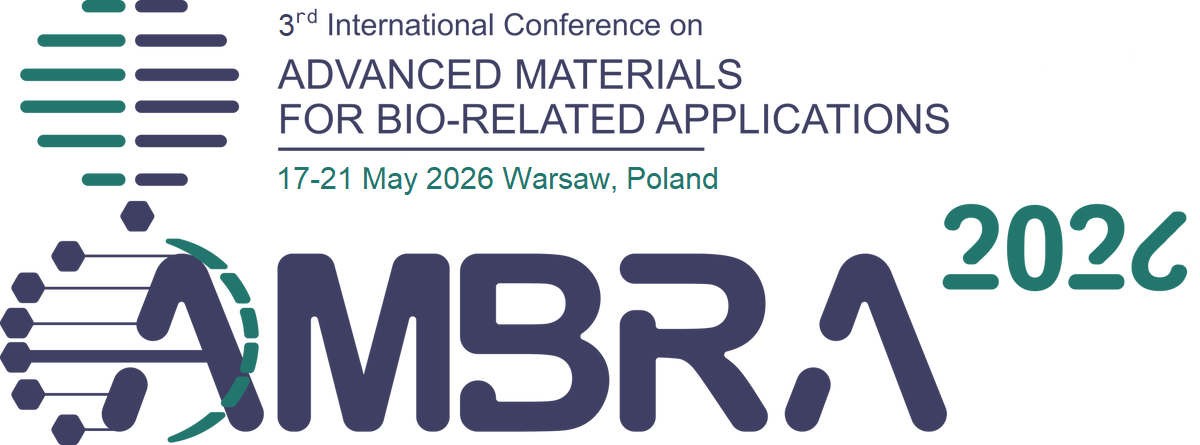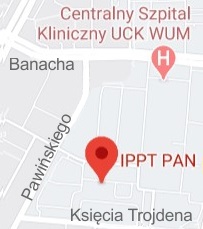| 1. |
Espiritu J.♦, Sefa S.♦, Ćwieka H., Greving I.♦, Flenner S.♦, Willumeit-Römer R.♦, Seitz J.-M.♦, Zeller-Plumhoff B.♦, Detailing the influence of surface-treated biodegradable magnesium-based implants on the lacuno-canalicular network in sheep bone: A pilot study,
Bioactive Materials, ISSN: 2452-199X, DOI: 10.2139/ssrn.4279434, pp.1-26, 2022 Abstract:
An increasing prevalence of bone-related injuries and aging geriatric populations continue to drive the orthopaedic implant market. A hierarchical analysis of bone remodelling after material implantation is necessary to better understand the relationship between implant and bone. Osteocytes, which are housed and communicate through the lacuno-canalicular network (LCN), are integral to bone health and remodelling processes. Therefore, it is essential to examine the framework of the LCN in response to implant materials or surface treatments.Biodegradable materials offer an alternative solution to permanent implants, which may require revision or removal surgeries. Magnesium alloys have resurfaced as promising materials due to their bone-like properties and safe degradation in vivo. To further tailor their degradation capabilities, surface treatments such as plasma electrolytic oxidation (PEO) have demonstrated to slow degradation.For the first time, the influence of a biodegradable material on the LCN is investigated by means of non-destructive 3D imaging. In this pilot study, we hypothesise noticeable variations in the LCN caused by altered chemical stimuli introduced by the PEO-coating.Utilising synchrotron-based transmission X-ray microscopy, we have characterised morphological LCN differences around uncoated and PEO-coated WE43 screws implanted into sheep bone. Bone specimens were explanted after 4, 8, and 12 weeks and regions near the implant surface were prepared for imaging. Findings from this investigation indicate that the slower degradation of PEO-coated WE43 induces healthier lacunar shapes within the LCN. However, the stimuli perceived by the uncoated material with higher degradation rates induces a greater connected LCN better prepared for bone disturbance. Keywords:
nanotomography, lacuno-canalicular network, Bone, magnesium, biodegradable implants Affiliations:
| Espiritu J. | - | other affiliation | | Sefa S. | - | other affiliation | | Ćwieka H. | - | IPPT PAN | | Greving I. | - | other affiliation | | Flenner S. | - | other affiliation | | Willumeit-Römer R. | - | other affiliation | | Seitz J.-M. | - | other affiliation | | Zeller-Plumhoff B. | - | other affiliation |
|  |
















